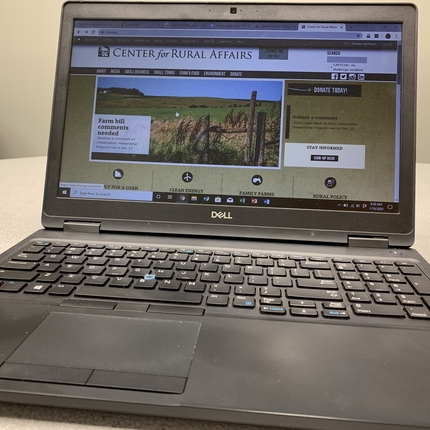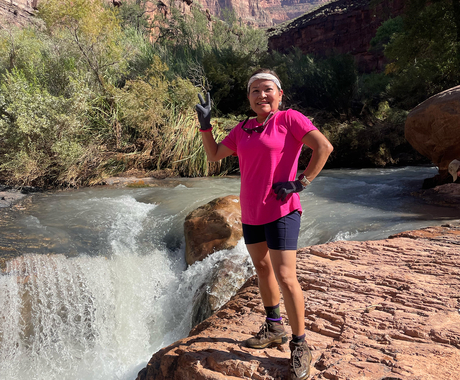By Johnathan Hladik, former policy director
The Pew Research Center finds that only 63 percent of rural Americans have a broadband internet connection at home, and 24 percent of rural adults consider access to high speed internet a major problem in their community.
Recent policy developments are designed to address this. But, will they be enough?
In July, the Federal Communications Commission established the Digital Opportunity Data Collection program. This program will collect broadband access data at the address level, and use those results to direct funding meant to fill “gaps” in coverage. This is a big improvement over the current Census block approach, which causes dramatic overstatements of coverage.
While the commission has agreed to collect better data, they are leaving it up to the states to make sure that data is accurate. This is where you come in.
The most cost effective way to verify broadband access data is through crowdsourcing. Crowdsourcing allows citizens to run their own internet speed tests, measure provider performance, and file formal complaints. But, right now, there are dozens of speed tests available, and no clear way to measure and report performance.
This problem is easy to solve. Each state should develop a data improvement program that helps citizens participate in the verification process. This simple, low-cost solution can pay big dividends in rural homes and businesses.
Many states already feature robust programs. Others must get started. As legislative sessions begin around the country, we encourage lawmakers to take seriously their role in improving broadband in rural areas.
In Nebraska, Sen. Tom Brandt of Plymouth has a bill to do just that. We encourage legislators to support this proposal and work together to improve broadband access across the state.





